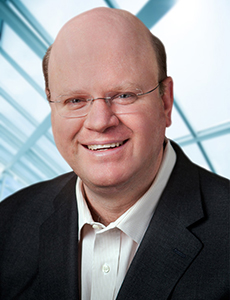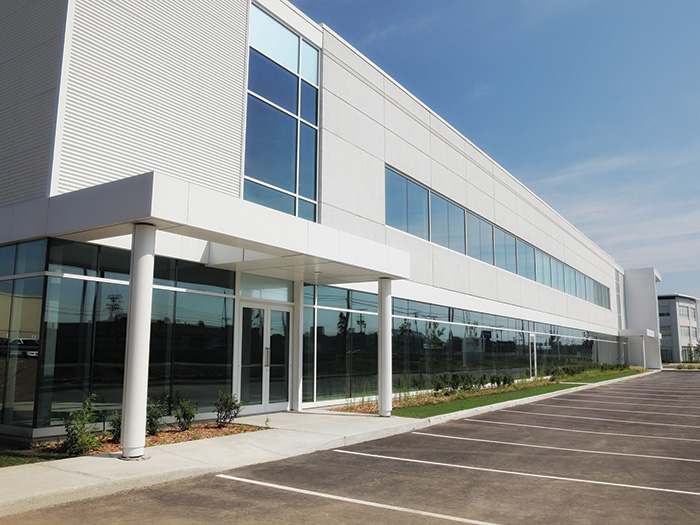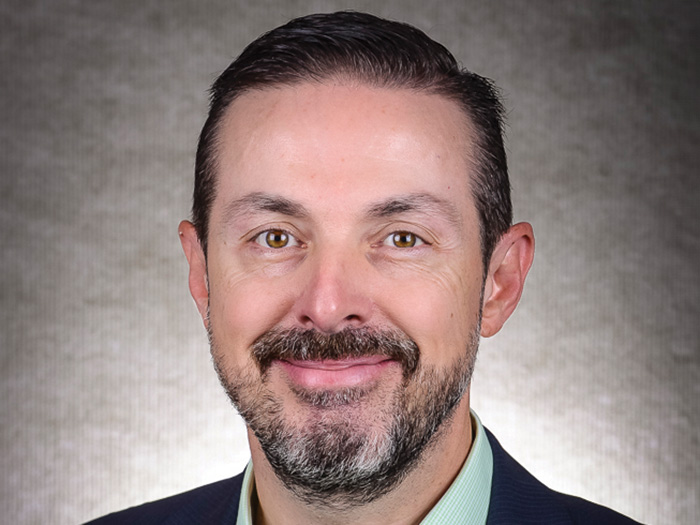Sponsored: Pinnacle Actuarial Resources
5 Trends Signaling a Hardening MPL Market and What Insurers Should Do

In the late 1990s and early 2000s, medical professionals experienced an insurance crisis. Frequency of liability claims had risen and plaintiffs’ attorneys were driving up the cost of verdicts and settlements. Medical professional liability insurers raised rates to keep up with the escalating cost of claims, to the point where premiums were becoming unsustainable for policyholders.
Eventually, patient safety initiatives, court reforms, and resolute claims defense brought claim severity and frequency under control. Since the medical professional liability insurance market stabilized, insurers have realized both positive underwriting results and investment income. With a few notable exceptions, the turbulence of the last crisis has been followed by a period of stability and profitability.
But there is some doubt that their prosperity can continue. With a combined ratio near 105%, the market’s losses are once again outpacing premiums, and signs of a coming hard market are evident.
“Rates are inadequate for the most recent year, in most cases. But that combined ratio is still acceptable because any inadequacy is being offset by favorable development on past years and investment income,” said Tim Mosler, director and consulting actuary at Pinnacle Actuarial Resources, Inc. Alternatively put, favorable experience during those profitable years is generating income that outpaces the current year’s losses sustained on the underwriting side.
“As soon as we start thinking about how today projects into the future, however, results seem to indicate a more unfavorable trajectory,” he said.
Here are five trends driving these unfavorable predictions that MPL insurers need to keep an eye on:
1. Rate increases have been tentative.

Tim Mosler, Director and Consulting Actuary at Pinnacle Actuarial Resources, Inc.
Analysis of rate filings has revealed a gap between rate increases that actuaries recommend and the increases that insurers are actually taking.
Out of a sample of 43 filings from the largest insurers by state, 36 had indicated rate increases. Of those 36, 22% had an indicated rate increase above 15%.
“Within that top group, there are those that need way more than 15%. For some companies, the actuarial analysis recommended an increase as high as 50%,” Mosler said. Across that group, the average recommendation was a significant 29% increase. But these companies are only taking an average 5% increase. Why the discrepancy?
In a market just beginning to harden, no insurer wants to be the first to dramatically raise rates for fear of losing customers to a competitor. Consolidation in the health care market and expansion in the use of captives and risk retention groups has meant that MPL insurers’ client base is already shrinking.
For the time being, many seem content to rely on historical profits to subsidize losses on new business, but that is unlikely to be seen as a viable long-term solution.
2. Reserve takedowns are providing smaller returns.
Takedowns in prior years’ reserves have made recent years profitable from a calendar year perspective, although those years are likely unprofitable based on only new policies issued. As older, more prosperous, years close and there are smaller takedowns, there will also be a smaller effect on underwriting income.
“A few years ago, favorable development on prior years was about 30% of the current year’s premium. Now it’s about 15%. It’s a clear trend downward,” Mosler said. “The ability of reserves to impact results in future years is lessening.”
According to Mosler, the medical professional liability market is at a weaker reserve spot now than it has been in the past 10 years, based on a comparison of total reserves to case reserves. Eroding reserve takedowns mean that insurers are going to need rate increases sooner if they are to avoid higher underwriting losses.
3. Efforts to reduce frequency are losing effectiveness.
When healthcare practitioners and insurance organizations needed to get their MPL costs under control 20 years ago, they did so largely by implementing patient safety initiatives. Enforcement of evidence-based practice guidelines, systems of checks and balances, and various other policies and procedures helped to reduce error rates. Claim frequency dropped and risk profiles improved.
Today, the effects of those changes are wearing off. While frequency has not increased across the board, it is decreasing at a slower rate. In some jurisdictions it has leveled off completely, signaling a potential turning point. “It could be that most of the improvements that are both easy and likely to have a significant impact have already been done. Prioritization of patient safety is a common expectation now. So, diminishing returns on new efforts seems likely.” Mosler said.
On the litigation side, court reforms that made MPL cases less profitable and attractive to plaintiff’s attorneys helped to curb claims as well. “Some tort reforms are being overturned, and MPL attorneys are getting back in the game,” Mosler said. “That alone could result in stabilization or a small increase in frequency.”
4. Claim severity is climbing.
With claim frequency stabilizing, any rise in claim severity will lead to growing losses. And, in recent years, claim severities have been on the rise fueled by overturned tort reforms and a growing number of large plaintiff verdicts.
A common reform was capping of noneconomic damages in awards. When that cap is no longer in place, the cost of the claim is going to be higher. “We have seen several states overturn their earlier tort reforms,” Mosler said. “And there are ongoing challenges in several other states”.
The absence of caps are complicated by significant increases in the number and severity of awards above $1 million. “It seems like a million dollars isn’t that much money to juries anymore.” Mosler said. “And one large jury award ripples through the system, such that it can affect multiple settlements thereafter as well. That moves the needle upward on severity.”
5. Electronic medical records can make litigation more attractive.
Electronic medical records can be a tool to improve patient safety and drive down the frequency of claims. Physicians can make better decisions knowing a patient’s full medical history. Nurses and other practitioners can review each other’s work and alter care when appropriate. And while this helps to reduce the risk of error, electronic records could have an unintended consequence.
“The electronic medical record lowers the barrier to entry for plaintiff’s attorneys,” Mosler said. “Previously, they had to be willing to significantly invest money and time in the initial deposition process, just to get all the facts about the case. Some cases without the potential for high awards weren’t pursued because law firms had only a small chance of making a profit.”
Now, depending on the quality of the electronic medical record, attorneys can get that information for less investment. “They can possibly access those facts much more efficiently, allowing them to take on more cases than they have before,” Mosler said.
Why Lean on Actuarial Expertise
Insurers who respond proactively to these trends will be best positioned to hold on to their customer base and their profitability as the market transitions. Actuarial expertise can enable prudent decisions today that will pay off tomorrow.
“At Pinnacle we gather the very latest information that’s out there. We make it a point to collect recent filings and to do a thorough analysis of what’s presented in the financial statements every year,” Mosler said. “We’re on top of trends, which is especially important in a changing environment. When we look at a client, we can see whether their experience is similar to that of the whole industry, or whether their situation is unique.”
That knowledge also enables Pinnacle’s team to help insurers manage the delicate act of raising rates. Those who make the move today – and can communicate the need effectively to their policyholders – could be in a better place relative to their competitors in five years, if those competitors need to make more dramatic shifts.
“A lot of companies who will need higher, double digit increases, are at risk of painting themselves into a corner by waiting. That may make sense if a rate increase will cost them policyholders to competitors. But, if competitors look like they’re in a similar spot financially, then there’s less risk in increasing the rates, because everyone may need to eventually,” Mosler said. “Our goal is to evaluate which is our client’s position and to then advise them accordingly.”
To learn more, visit https://www.pinnacleactuaries.com/.
This article was produced by the R&I Brand Studio, a unit of the advertising department of Risk & Insurance, in collaboration with Pinnacle Actuarial Resources, Inc. The editorial staff of Risk & Insurance had no role in its preparation.










